
All you need to know about Halloween festival

Halloween was originally a Celtic festival called Samhain. The event was celebrated in Ireland and Scotland for centuries.
Samhain marked the end of summer and the beginning of winter. Celts would build bonfires to mark the change of seasons and tell each other stories, wear animal parts as costumes and sacrifice animals.
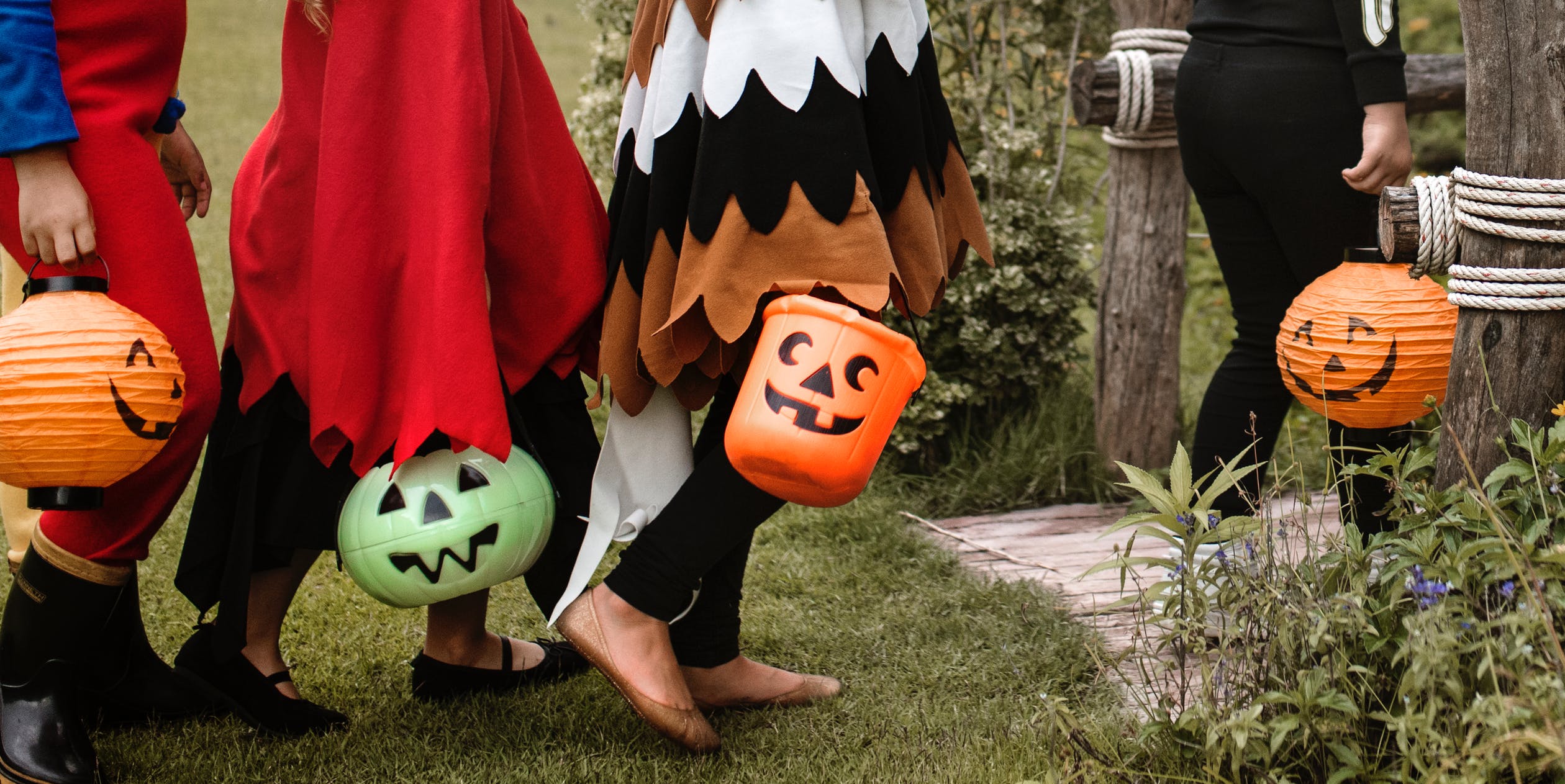
The tradition eventually combined itself with the Roman festivals of Pomona and Feralia that celebrated the dead and the goddess of trees and fruit respectively.
When Irish and British migrants moved across the Atlantic, the tradition of celebrating Halloween moved on to the US.
The original tradition involved people using animal skins and heads as costumes to scare off the dead. It was hoped that wandering spirits would see people in weird disguises and assume they were also spirits – and let them go free. Modern times see people dressed up in little less gruesome ways.
It is celebrated on October 31.
Canada, Ireland, US’s ways of celebration are similar. People there party on the night of Halloween and ghosts, spirits, and dark academia remain the theme for the celebrations and parties. People use carved pumpkins, lanterns, scary costumes, and trick-or-treating to celebrate the day. Halloween celebrations is all about parties and get-togethers with friends and family.
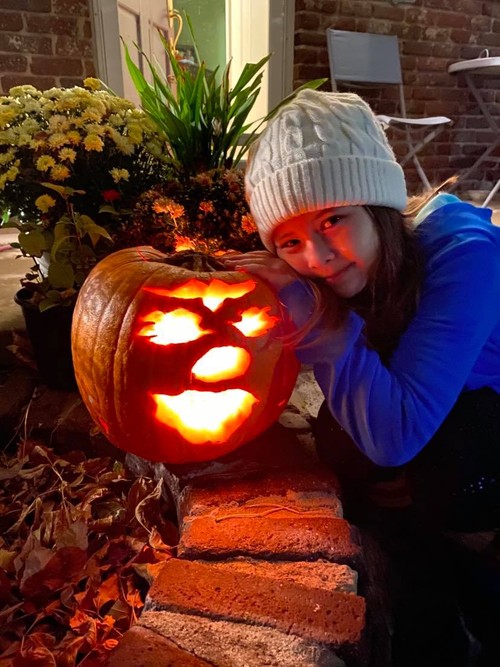
This festival is celebrated differently in several countries around the world. Many countries have different names for the celebration and do not celebrate on October 31st.
Mexico and other Latin American countries celebrate Día de Los Muertos, the Day of the Dead. The celebration lasts three days, from October 31st to November 2nd, and is designed to honour the dead. Many families construct an altar in their homes to honour their late family members and make a feast with their favourite dishes for their spirits to enjoy. Food and candy are often made in the shape of skulls and skeletons for the celebration.
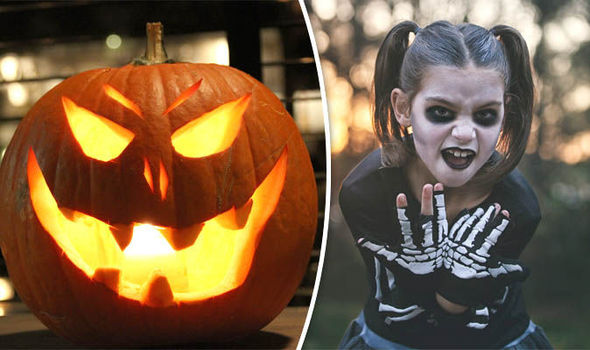
In some European countries and many others worldwide, the popularity of Halloween has increased in the last 30 years. Countries like Greece and Poland have seen more young people engaging in pumpkin carving and attending costume parties.



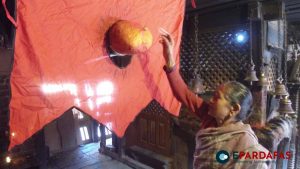
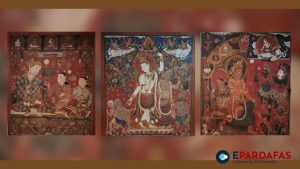
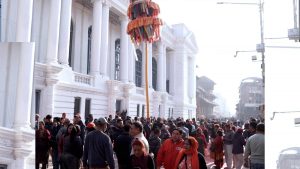
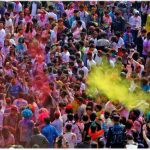





Comments